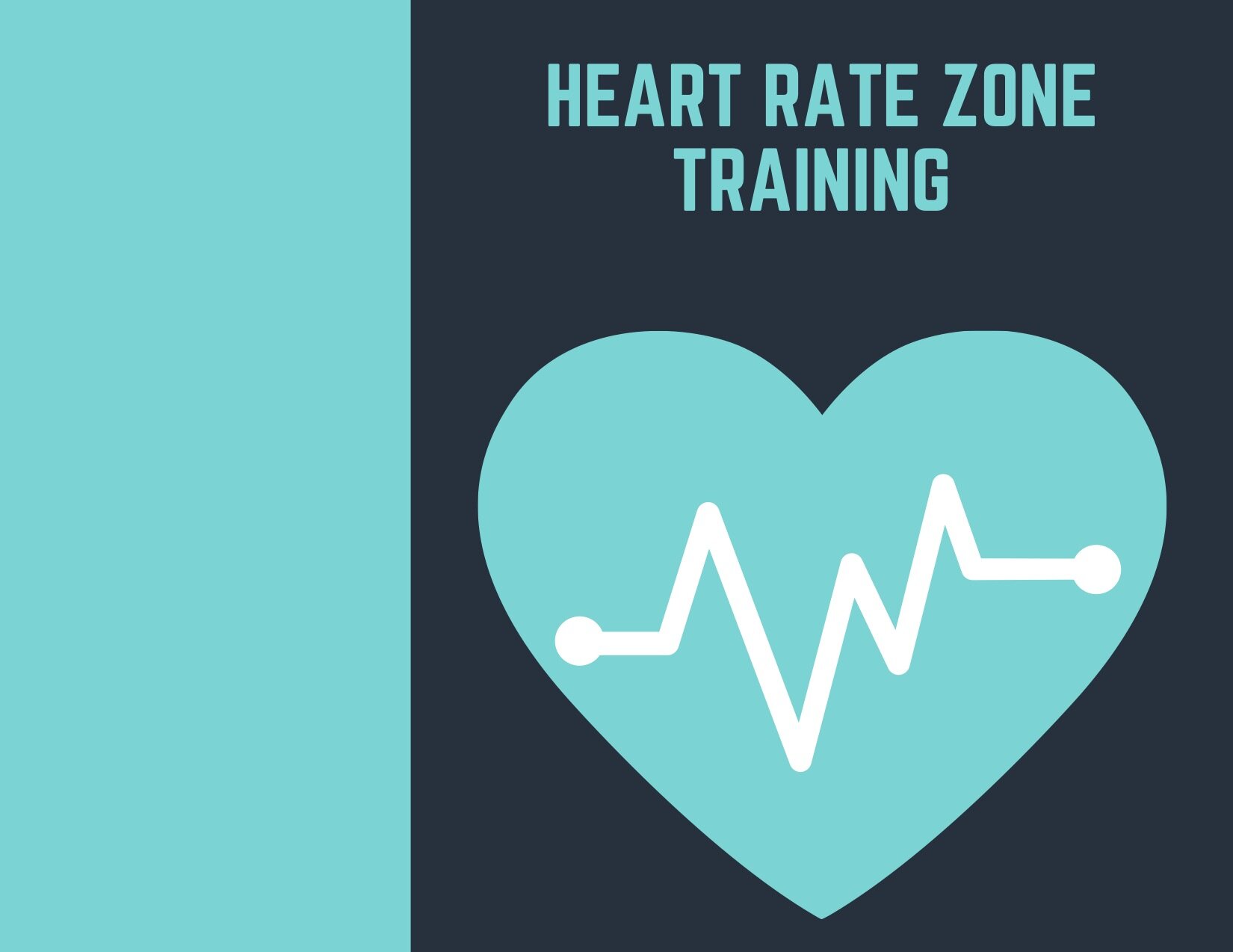Heart Rate Zone Training
Are you an endurance athlete who has hit a plateau in your training? Switching up your training might help you conquer your next race.
Traditional running plans typically prescribe a certain number of miles to run or time to run per day. Some more advanced plans will also prescribe speed work on the track or tempo runs (running at or close to race pace). If we know anything about runners (or cyclists or triathletes, etc.) it’s that we are our own biggest competition. For a lot of us, that means trying to run your usual route faster than last time. Now, there’s nothing wrong with that in itself, but trying to run faster every single day can lead to tired legs and overtraining.
Overtraining happens when you continually work at high intensity or don’t allow yourself to recover in between hard workouts. A sudden increase in distance, intensity, or high volumes of endurance training (as in peak week of training for a marathon or long endurance event) combined with inadequate nutrition and sleep or stress and anxiety can increase your chance of injury.
Signs of overtraining include:
● Fatigue, lack of motivation, or energy
● Increased stress, anxiety, irritability
● Difficulty sleeping or concentrating
● Constantly sore or weak muscles
● Increased susceptibility to illness/injury
● Decreased performance or performance plateau
● Higher resting heart rate or blood pressure
● Takes longer for HR to return to normal
● In women: menstrual irregularities
One way to help avoid overtraining is to follow the 80/20 principle. This means you do the bulk of your training at low intensities and just 20% of your training at a high intensity. To monitor intensity, we can look at training with heart rate zones.
There are 5 heart rate zones, with zone 1 being very light exercise, working up to maximum intensity at zone 5.
To find your heart rate zones, use one of these calculators: (you can download the file from google drive to open it)
If focusing on a number during your workout doesn’t appeal to you, you can always track your rate of perceived exertion, or RPE. This is a scale of 1-10 with 1 being very light activity, 4-5 moderate activity, and 10 max effort activity.
One concept to be aware of during exercise is cardiac drift. This phenomenon refers to the gradual increase of your heart rate with prolonged exercise at the same intensity. When you start to exercise, your heart rate will initially increase, then level off after a few minutes. After 30 minutes of exercise, your heart rate will increase again to compensate for increased core temperature. As your workouts get longer, expect to see a 15% increase in heart rate (with the same intensity) and adjust your target heart rate accordingly for that zone effort.
There are lots of options to monitor your heart rate and other recovery metrics. Most GPS watches now have a wrist-based heart rate monitor, but if this is your only method available, we recommend checking it for accuracy. Chest straps are the most accurate, and will sync to smart apps like Strava, Garmin Connect, Whoop, and Wahoo.
An example week of training might look like this:
Monday: Recovery Run, zone 2
Tuesday: Speed work/intervals: Zone 4-5
Wednesday: rest or cross training (up to zone 2)
Thursday: Tempo run (zone 3)
Friday: rest or cross training (up to zone 2)
Saturday: Long run (zone 2)
This is just an example, and individual needs will vary depending on experience level and what your body responds best to.
For more information on heart rate zone training, listen to our recorded webinar here. And reach out to us at info@keprospt.com if you have questions or would like some personalized performance training guidance.


